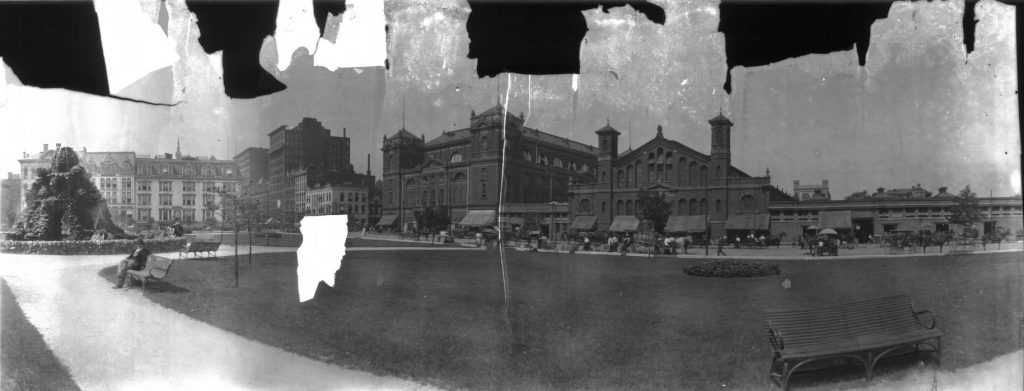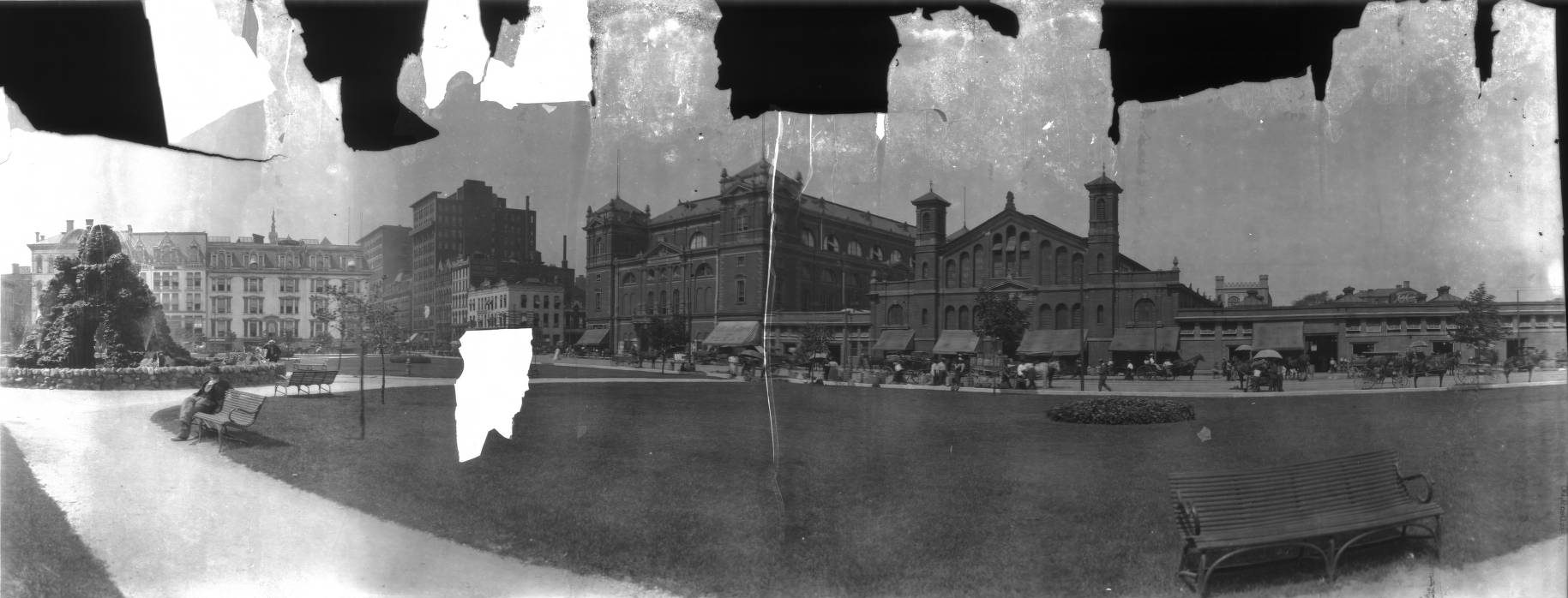The Monetary Conventions were a series of meetings supporting the gold standard and opposing the “free silver” movement, between 1896-1898. During the latter decades of the 19th century, monetary policy—especially the continued maintenance of a “gold standard”—was a hotly debated issue.
and John R. Wilson, both of Indianapolis, were prominent among organizers of “Gold Democrats” in the National Democratic Party, which held its convention in , September 2-3, 1896. Their involvement spurred a local manufacturer, Hugh H. Hanna, to persuade the Indianapolis to invite other midwestern commercial organizations to send delegates to a conference that met on December 1, 1896.

Commercial groups in 26 states and the District of Columbia responded to the conference’s call for delegates to a convention—commonly called the Indianapolis Monetary Convention—in Tomlinson Hall, January 12-13, 1897, and authorized its executive committee to create a Monetary Commission of experts if Congress failed to do so.
The executive committee, of which Hanna was chairman, appointed a commission that proposed a law affirming the gold standard. But the commission also sought to create a more flexible currency by allowing federally chartered banks to issue notes against their own assets and to ensure these notes by gold coins that the banks would have to deposit in the U.S. Treasury.
The executive committee called a second convention, representing mostly the same organizations as its predecessor, which met in the Opera House in Indianapolis on January 24-25, 1898. This convention approved the Monetary Commission’s proposals and authorized the executive committee to call future conventions. But the second Indianapolis Monetary Convention would be the last. Congress disregarded the commission’s proposal, and new discoveries of gold ended the crisis that had made currency such an emotional issue.

Help improve this entry
Contribute information, offer corrections, suggest images.
You can also recommend new entries related to this topic.
